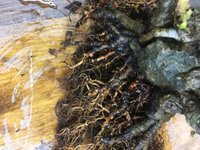Live2explore
Seedling
I’m pretty new to bonsai, have Experience with plants and “full” size trees from growing food to landscaping and lawn care. I have about 6 bonsai and I just picked up this old elm ( nursery estimated it around 100years old) for a great price, they said it has been declining over the last few years. I’m looking for any tips to help get it back to full health. It has new growth coming in on it. Ive pulled all the stuff around it. Is it ok to repot this late? Or should I wait till winter? After 3hrs of removing all the fern and weeds I can see some of the older roots have rot looks like it’s been holding water around the trunk. I pulled some of the “muck” back let it dry over night a bit. Looks like the last repot was from garden soil to bonsai soil without removing all the garden soil off the root ball. This is where it looks like it has been holding water . Thanks I’m advanced.
Attachments
-
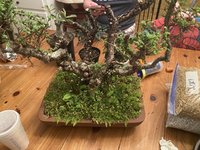 15237903-EFFD-4FDD-A6B5-B70D3517D03A.jpeg327.5 KB · Views: 240
15237903-EFFD-4FDD-A6B5-B70D3517D03A.jpeg327.5 KB · Views: 240 -
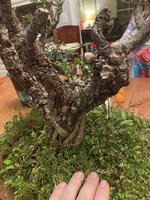 27C266AF-A067-4A73-AD8E-8CF4702A747F.jpeg308.7 KB · Views: 239
27C266AF-A067-4A73-AD8E-8CF4702A747F.jpeg308.7 KB · Views: 239 -
 7EFD2E6C-CAA8-4124-8427-2FD4AAAE4BA2.jpeg193.7 KB · Views: 207
7EFD2E6C-CAA8-4124-8427-2FD4AAAE4BA2.jpeg193.7 KB · Views: 207 -
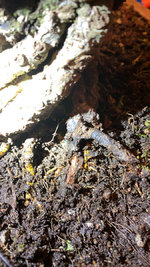 223615D0-A93F-4553-BEB4-1C96296236D8.jpeg224.1 KB · Views: 207
223615D0-A93F-4553-BEB4-1C96296236D8.jpeg224.1 KB · Views: 207 -
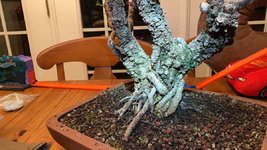 02DE4CA3-17C0-4142-A6ED-2E7DCF4B1D80.jpeg205.5 KB · Views: 186
02DE4CA3-17C0-4142-A6ED-2E7DCF4B1D80.jpeg205.5 KB · Views: 186 -
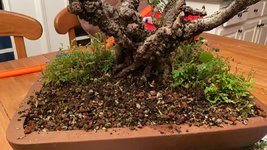 270AB4D2-A7E4-4B0B-91D5-13A6141532A6.jpeg210.4 KB · Views: 173
270AB4D2-A7E4-4B0B-91D5-13A6141532A6.jpeg210.4 KB · Views: 173 -
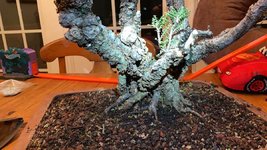 638C3651-7164-4D7D-8CC4-F33E4D409148.jpeg221.6 KB · Views: 234
638C3651-7164-4D7D-8CC4-F33E4D409148.jpeg221.6 KB · Views: 234


